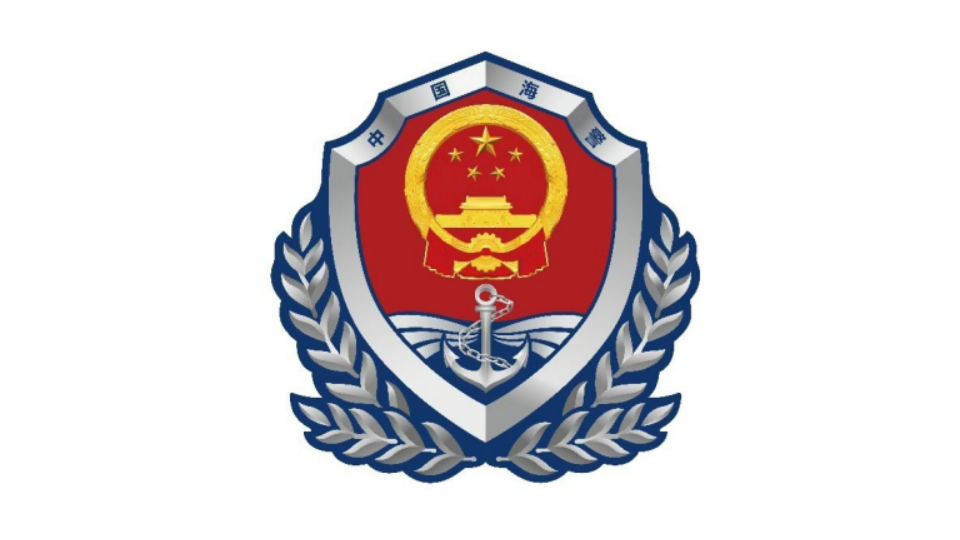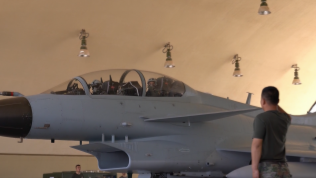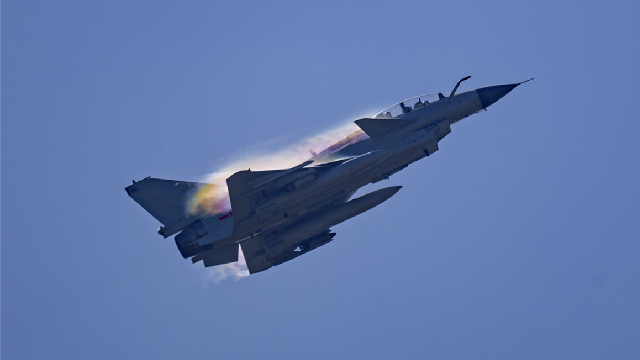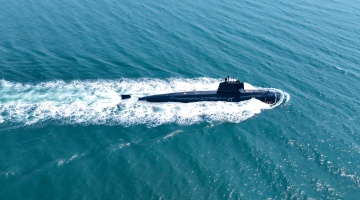Nearly a month after the USS nuclear-powered submarine Connecticut had a collision incident in the South China Sea, the US military released the results of its investigation on November 1, claiming the submarine had hit an unknown underwater mountain. A set of data might tell us why such a collision had happened.
Intense and frequent US military operations in the South China Sea
According to data of the South China Sea Strategic Situation Probing Initiative (SCSPI), the US military has carried out more intense and frequent operations in the South China Sea this year than ever before.
By November 1, the operations of its large surface vessels have almost doubled compared with the same period of last year. Four US carrier strike groups and two amphibious ready groups have entered and left the South China Sea for 11 times, multiple US destroyers have crossed the Taiwan Strait 10 times, and five destroyers have trespassed into territorial waters off China’s Xisha Islands and 12 nautical miles of the Nanhai Islands five times for the so-called “freedom of navigation” operations.
Besides, US strategic bombers have flown over the South China Sea in 14 times and 22 sorties to practice the combat concept of “dynamic deployment”. According to the limited information revealed, the US Navy has dispatched at least 11 nuclear-powered submarines to carry out strategic cruises in the West Pacific as well as the South China Sea.
“The year 2009 was a watershed in US military operations in the South China Sea, after which they have become notably more frequent and targeted. US submarines have carried out many operations around the South China Sea this year, including the recent collision incident, which can also display an obvious increase in underwater activities,” said Hu Bo, director of the SCSPI.
Constant close-in reconnaissance of China by US aircraft and ships
Likewise, as of November 1 this year, the US military has intensified the reconnaissance in the South China Sea. Open information shows that except the early warning reconnaissance aircraft onboard the aircraft carrier in the region, the US military has also dispatched at least 563 large reconnaissance aircraft from several bases in Japan and the Philippines to conduct close-in reconnaissance of the South China Sea, averaging more than two sorties every day and up to seven at most. It is worth noting that some US military aircraft didn’t actuate the ADS-B signal or used false address codes while in operation, so the actual sorties would be more than the above.
In addition, five ocean surveillance vessels and one ocean surveying vessel of the US military also conducted close-in reconnaissance from time to time, with their mission duration lasting 396 ship-days and an action rate of 86%, leaving almost no rest day.
According to Hu Bo, “as far as we know, about a dozen such close-in reconnaissance were right next to China’s airspace and less than 20 nautical miles from the baseline of the territorial sea of the Chinese mainland, even closer in reality. Long duration is a key feature of such operations, and they sometimes flew back and forth for hours, indicating that the US is getting more vigilant against China.”
Excessive deployment and fatigue of US forces in the Asia Pacific
Apart from high intensity and high frequency, America’s military operations in the South China Sea have displayed two new developments.
Hu said, “first of all, we have noticed the fatigue of the frontline American troops. After frequent vessel collisions since 2017, the US military has conducted an internal investigation, trying to figure out why they had so many incidents in the West Pacific, especially in units assigned to the Seventh Fleet of the United States Navy. A key reason was excessive deployment and fatigue, and this situation won’t change unless the US changes its way of thinking and operation. Once such situation gets worse, it will be detrimental to the regional security.”
“Second, in the past few years, the US military has diverted its attention to battlefield construction and war preparedness other than routine cruises in order to respond to the so-called high-level military conflicts, and we need to pay close attention to this.”
“The US has stationed 300,000 troops at its 514 military bases around the world, 100,000 of which are in the Asia Pacific. The Northeast Asia military base cluster and the Guam base cluster are regarded as very important strategic outposts and pivots, and those in the southeast are also essentially strategic for the US military to interfere in South China Sea owing to their geopolitical proximity to relevant countries in the region,” said military expert Luo Xi.
Most of US Navy’s collision incidents in recent years occur in South China Sea
In 2017 alone, the US Pacific Fleet had five vessel collision incidents that caused the death of 17 people. The investigation found under-staffing, exhaustion, mis-operation and inadequate training to be main reasons for the incidents.
As for recent nuclear submarine collision incident, according to Luo Xi, “it exposes America’s military attempts in the South China Sea, that is, to meddle in the regional affairs and conduct close-in reconnaissance and military containment toward China. America’s constant muscle-flexing and fist-wielding in the South China Sea seriously undermines the regional security and order. The US is the largest driver of regional militarization and the biggest source of risks for regional security.”









